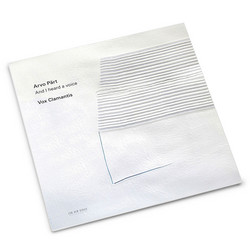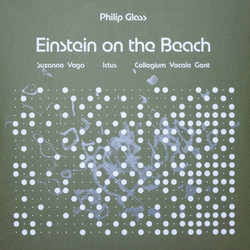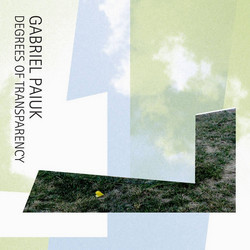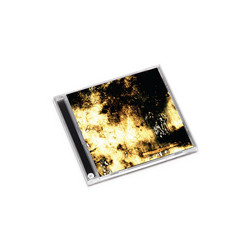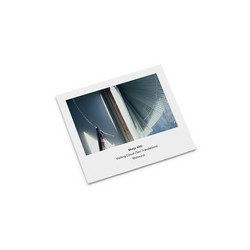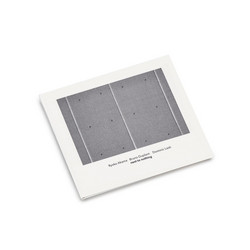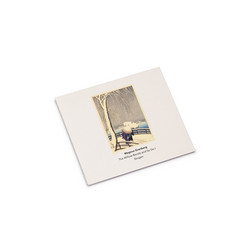Adjacent Sound positions Gabriel Paiuk as a composer attuned to the phenomena of perception, proximity, and the thresholds where listening itself becomes the subject. Rather than presenting a collection of isolated pieces, the album unfolds as a unified exploration into how sound delineates and dissolves boundaries - between performers, between recorded and live presence, between the material and the ephemeral. Every aspect of the release is shaped by a careful questioning of what it means to listen, both individually and collectively. Throughout, Gabriel Paiuk leverages subtle shifts in spatiality and instrumental blend, often giving equal focus to the resonance of the environment itself. The music proceeds with a sense of quiet interrogation, favoring processes that foreground difference, near-repetition, and the elusive borderlands between tone and noise. Instead of relying on recognizable gestures or climaxes, Paiuk draws the listener into textures that change through accretion or gradual subtraction, making the very fabric of sound feel porous and mutable.
What sets Adjacent Sound apart is its ability to suspend clear expectations and reveal how meaning in music often resides in the act of exchange - between sound and silence, memory and moment, composer and audience. The focus on adjacency is literal and conceptual: relationships between sonic elements are never fixed but instead remain alive to possibility, gently unsettling the listener’s sense of orientation. As a whole, the album sustains a rare tension between conceptual inquiry and an inviting, almost tactile sonic surface. It offers a kind of meditative openness - welcoming listeners into a process where perception itself is gently challenged and renewed. Adjacent Sound stands as a subtle but memorable contribution to contemporary music’s ongoing investigation of what it means to hear, to be near, and to share in the constantly shifting landscape of sound.




